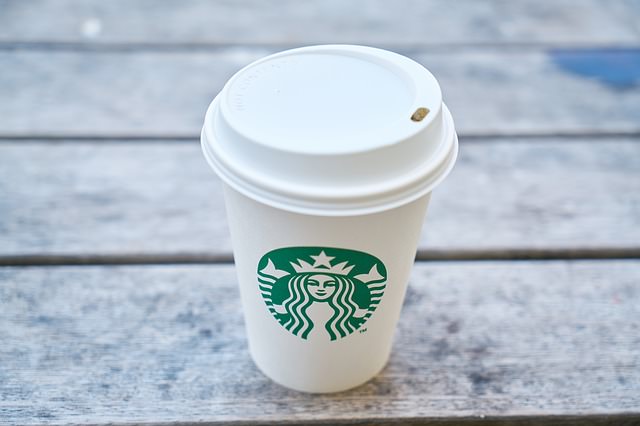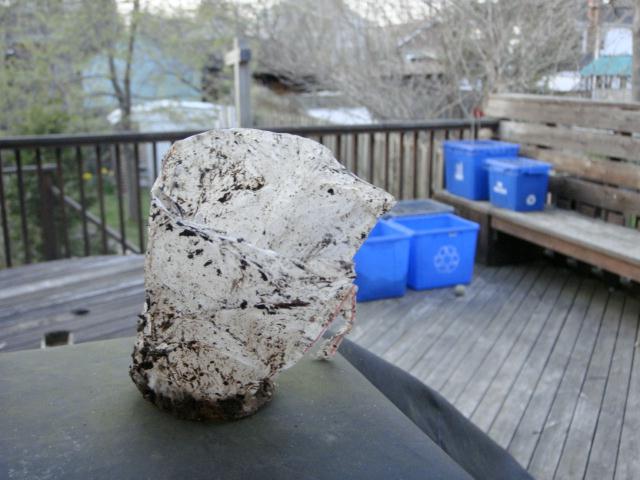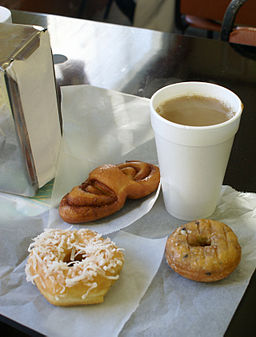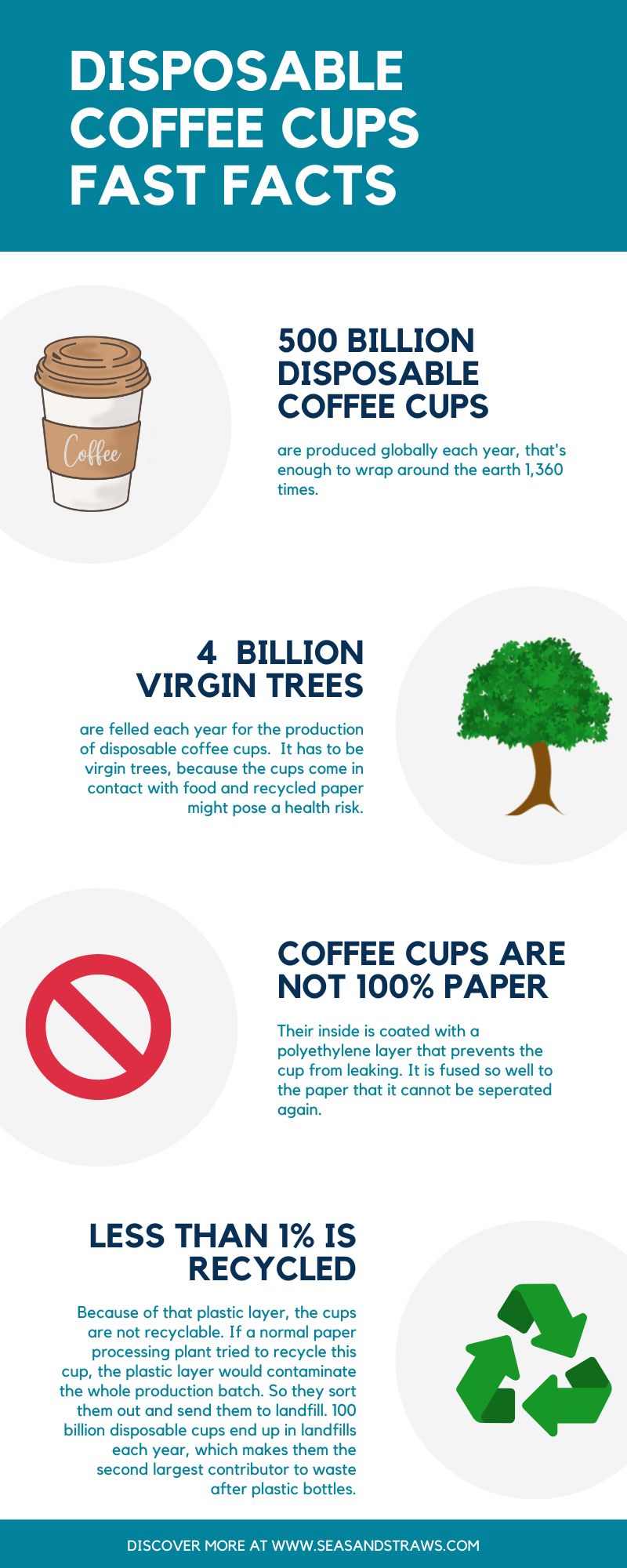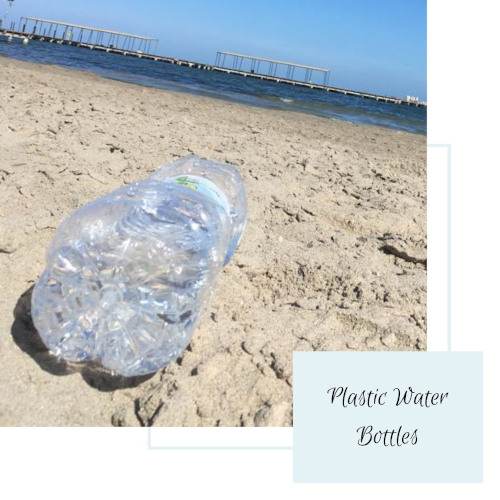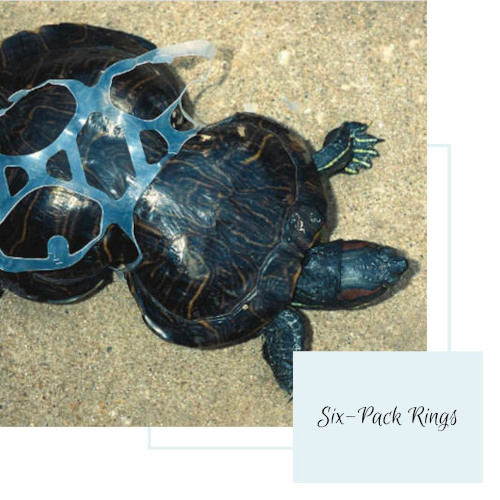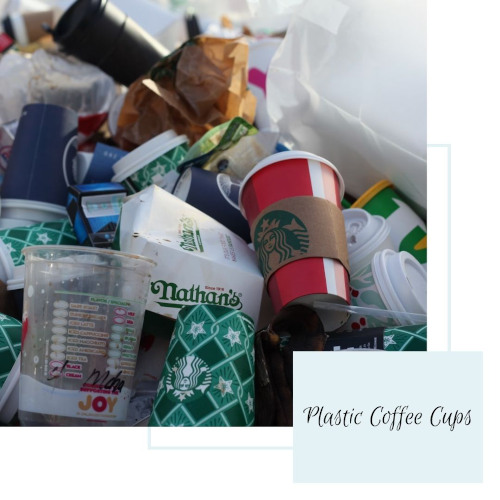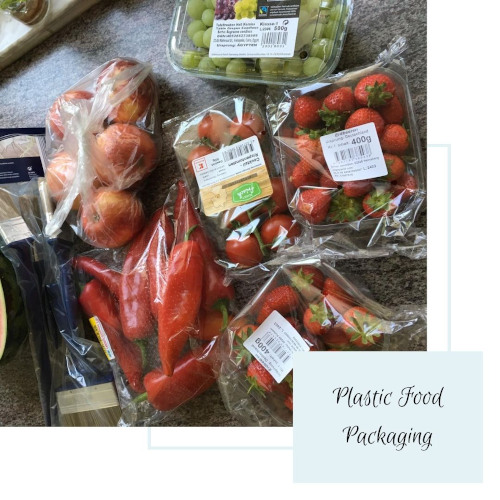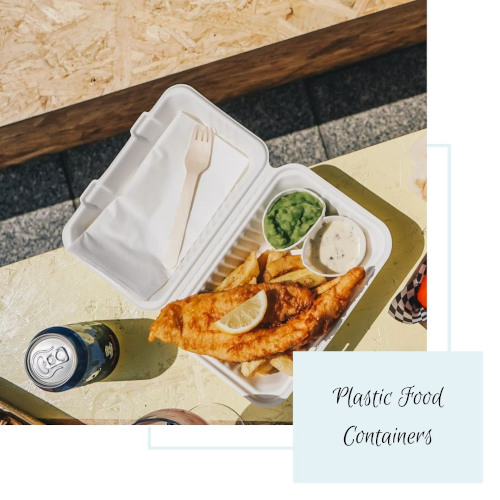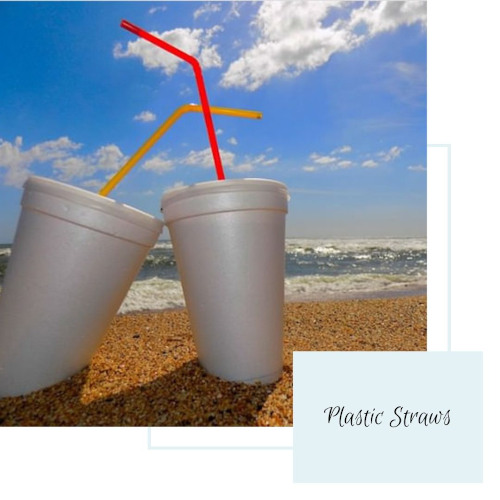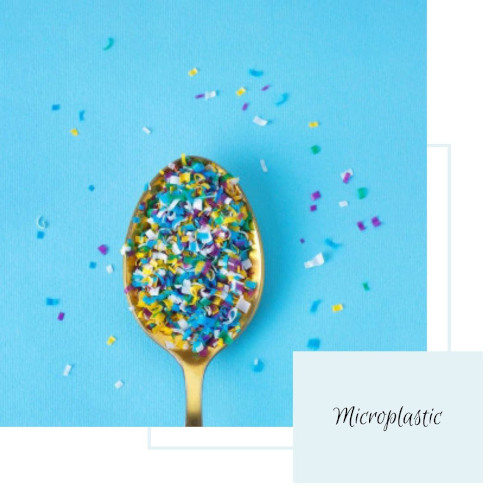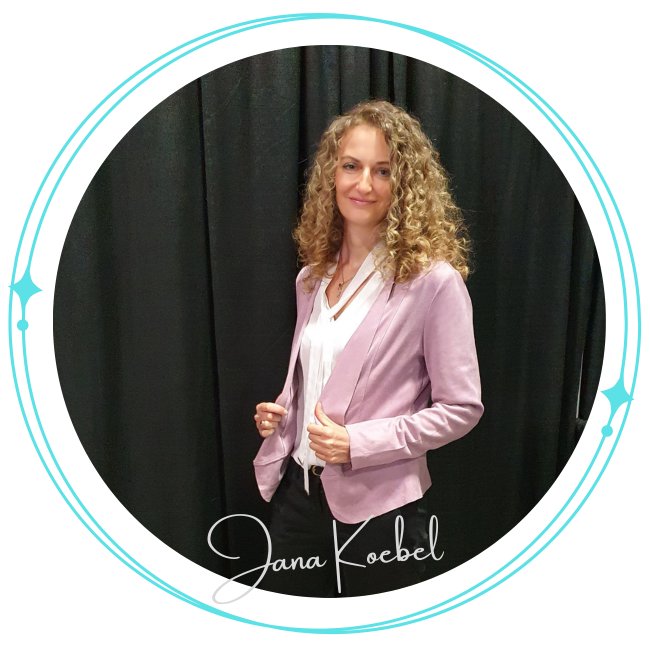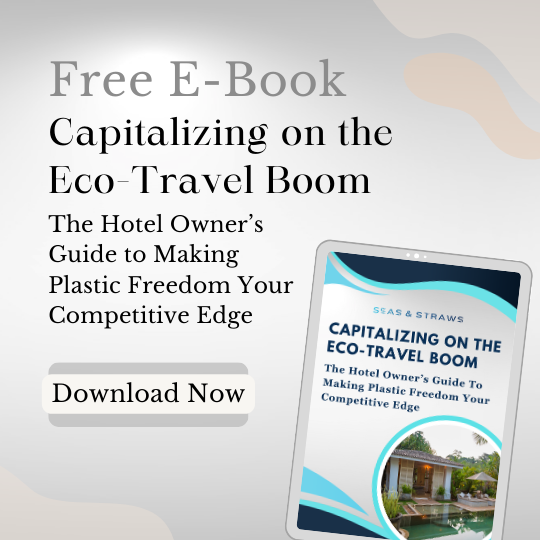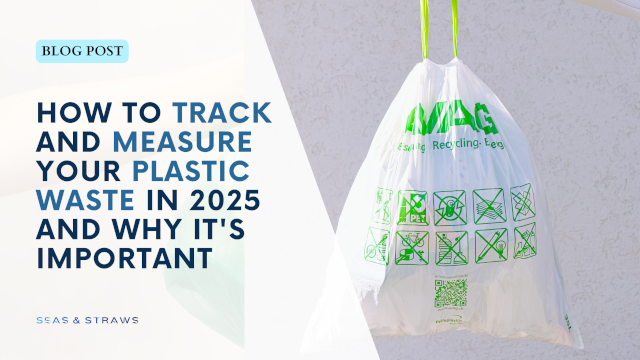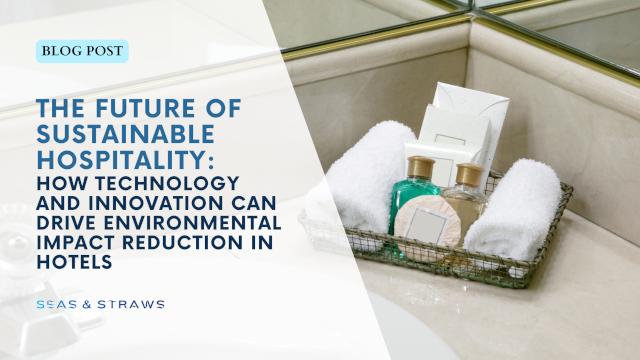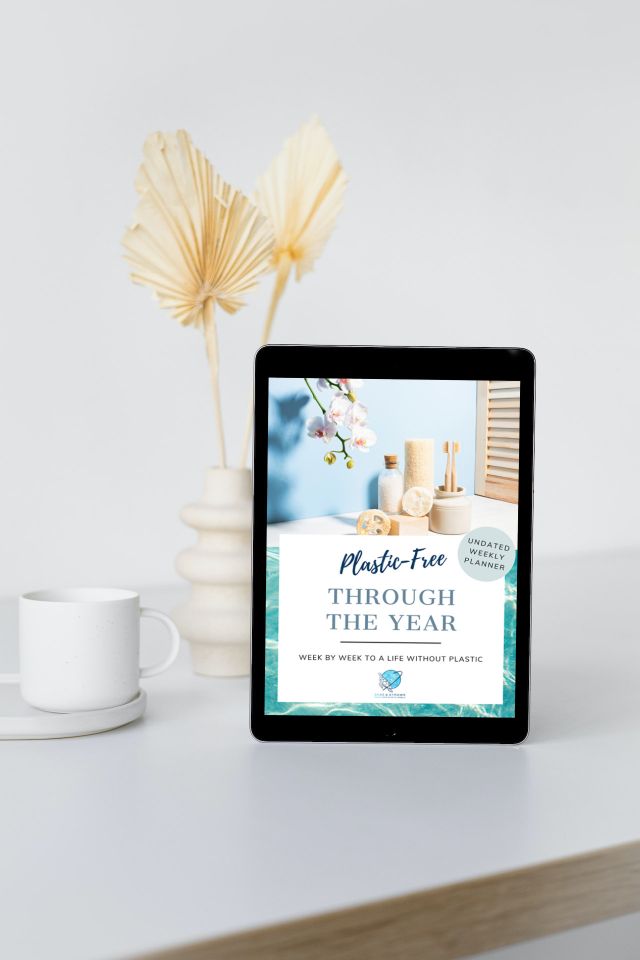- Home
- Plastic at Home
- Plastic Recycling Codes
- Disposable Coffee Cups
Disposable coffee cups - why your takeaway cup never goes away
Are you addicted to your morning latte from your favorite coffee shop, downing it on the way to work and diligently disposing of the cup in the recycling bin?
You're not alone.
An estimated 500 billion disposable coffee cups are produced globally per year, that's enough to wrap around the earth 1360 times.
No big deal, you might say, because they are made from paper and easy to recycle, right?
Wrong.
What's the issue with disposable coffee cups?
A number of things are wrong with our beloved coffee to go.
Number 1: The cup itself is made of paper, true.
That doesn't make it "green", though.
Because it comes in contact with food and recycled paper might pose a health risk, virgin trees have to be felled for every single disposable cup.
4 billion per year.
The production process is very energy consuming as well: 98 tonnes of resources have to be used to produce one tonne of paper. That's a horrendous footprint for a 20 minute indulgence.
Number 2: Less than 1% of disposable cups are recycled.
Why?
Because they are not made of 100% paper. Their inside is coated with a polyethylene layer that prevents the cup from leaking. It is fused so well to the paper that it cannot be seperated again. It also cannot be recycled. And since it is plastic, it never decomposes.
Below is a picture of a coffee cup after having gone through the recycling process for one year.
As you can see, the paper completely biodegraded, the plastic layer did not.
If a normal paper processing plant tried to recycle this cup, the plastic layer would contaminate the whole production batch. So they sort them out and send them to landfill.
In total, 100 billion disposable cups end up in landfills per year, which makes them the second largest contributor to waste after plastic bottles.
What are the alternatives?
1. Styrofoam cups
For a while, styrofoam (or polystyrene) cups were widely used, until they made headlines for destroying the ozone layer.
The production of styrofoam indeed has a huge impact on global warming (1000 times higher than CO2). They also leach toxic chemicals like styrene and benzine, both suspected carcinogens, into the beverage, especially when he beverage is hot.
Being recycling code 6, they are very difficult to recycle and especially dangerous to the environment. They need more than 500 years to degrade, if ever. Doing so, they break down into tiny pieces that are swallowed by sea birds and marine animals.
So they are not a good alternative.
2. Biodegradable cups
They look and feel the same as "normal" disposable coffee cups, but the plastic layer is substituted by one of corn. This is called polylactic acid or PLA.
"Biodegradable" sounds good in the ear of the eco-conscious consumer, so the coffee shops willingly use the term to mislead you into thinking they are sustainable.
Well, they are not.
It is true that the PLA production process uses less fossile fuels than PET. That's the good news.
The bad news is that biodegradable cups do not biodegrade in landfills.
They only decompose under very specific conditions - a certain temperature, certain humidity, certain air pressure. Normal landfills cannot fulfill these conditions. However, in normal landfill conditions those cups don't degrade any faster than normal PET cups.
Second, the production process of PLA demands the same amount of energy and emits the same amount of CO2.
Third, corn is food that should be used to feed people. If we start to produce 500 billion coffee cups made of corn per year, food prices will increase dramatically.
And lastly, a disposable PLA cup does not address the issue of generating less waste and dumping it into the environment.
3. Reusable cups
Bringing your own reusable cup is clearly the best choice.
They kill no trees, they generate no waste, they don't leach any chemicals into the beverage and most coffee shops even give you a discount if bring your own cup.
You can decide between ceramic, glass or stainless steel, all of which look great on your way to work. You also make a statement that you care about the environment, inspiring others to follow.
Summary
You likely never thought much about your daily coffee to go. You assumed that you were being green by recycling your paper cup. The coffee companies know that putting disposable coffee cups in the recycling bin is pointless. They also know that biodegradable cups are not biodegradable, but they are happy to leave you in your false belief. What is more, they actively advertise their sustainability on their websites.
Prove them wrong. Show them that you care. Refuse the single-use cup and bring your own. It might be a bit heavy and bulky, but think about the harm these disposable cups are doing to our planet.
get the facts!
Take action! Save and/or download this fact sheet. Take it with you to your favorite coffee shop and start a conversation. You can share it freely, I just ask that you credit Seas & Straws.
Download the fact sheet (pDF)
Click here to download your fact sheet on disposable coffee cups.
The Most Common Everyday Plastic Items
Click on the image to know more.
The journey to zero plastic waste can be difficult to figure out though-which is why I created this weekly planner “Plastic Free Through The Year” to help guide you! Each week, you’ll be given new ways to make the sustainable transition and a template to keep yourself accountable and productive. Start your journey today.
Get Your Weekly Planner
Plastic-Free Through The Year
Resources
